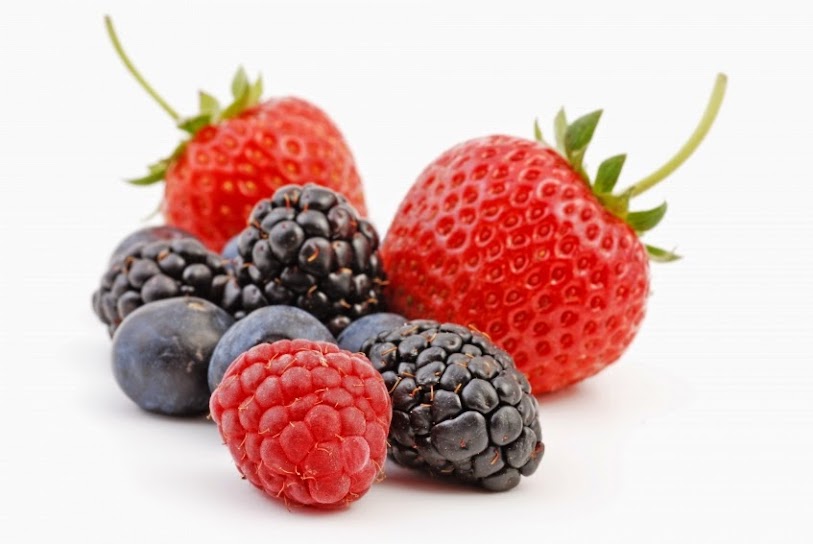Forget that icelandic men eat practically no vegetables, and that they affectionately refer to their local liquor as Black Death. Chances are, you could learn a lot from them about healthy eating.
Every year, the people of Iceland eat 29,000 tons of fish, which equates to 200 pounds of fish per capita, more than any other nation, except for a few tiny, unpronounceable island states. (No offense to our loyal readers in Tokelau and Niue.)
That's 200 pounds of live weight, but even after you subtract for bones, heads, guts, and leftovers gone bad, it's more than 6 ounces of fish every day, for every man, woman, and child—eight times the amount the average American eats. It's not difficult to connect the dietary dots.
What is it about fish? Scientists believe it's the fat. Nutritionists usually recommend that you avoid the fat in beef and pork, but the fat in fish is, well, an entirely different animal. That's because it's rich in omega-3 fatty acids—healthy polyunsaturated fats that are essential for many biological functions. In fact, you need them to live.
"Omega-3 fatty acids are part of the membrane of every cell in the body; they're also the building blocks of hormones that govern much of the body's physiology," says David Katz, M.D., director of the Prevention Research Center at the Yale school of medicine.
A quick primer on omega-3 fatty acids:
• There are three types: eicosapentaenoic acid, docosahexaenoic acid, and alpha-linolenic acid, known respectively as EPA, DHA, and ALA.
• EPA and DHA, the omega-3 fatty acids that are most easily used by your body, are found in significant amounts only in marine life, particularly cold-water fish (because they carry more fat for insulation).
• ALA, on the other hand, is obtained from plant-derived foods, such as flaxseed, canola oil, soybeans, pumpkin seeds, and walnuts.
An important detail: "For ALA to provide any health benefits, your liver must convert it into EPA and DHA," says Bruce Holub, Ph.D., a professor of nutritional sciences at the University of Guelph, in Ontario. "The estimated average efficiency of conversion is around 10 percent to 15 percent."
That means for every gram of omega-3s you take in from fish sources, you need about 6 grams from plant foods to glean an equivalent amount of EPA and DHA. And that may be why fish consumption is related to longevity.
In the 1970s, scientists observed a very low death rate from heart disease in Greenland Eskimos, despite the high fat content—nearly 40 percent of total calories—of their diet. This became known as the "Eskimo Paradox," since it contradicted previous findings that a high-fat diet increased cardiovascular-disease risk. In subsequent investigations, Danish researchers found that the pivotal factor was the source of the fat.
Turns out, there was a strong correlation between the Eskimos' low incidence of heart disease and their high consumption of fatty fish, a finding that was later echoed in studies of other fish-eating cultures—in Japan, Alaska, and the Mediterranean.
And that established a direct link to the life-extending benefits of omega-3 fatty acids, particularly EPA and DHA, since they're mostly absent in plant and land-animal food (unless you count lamb and pig brain).
Read more at: depkhoenews.com











